Garmin Fenix E review: AMOLED adventure without breaking the bank
Outdoor watch on a budget with some bright ideas
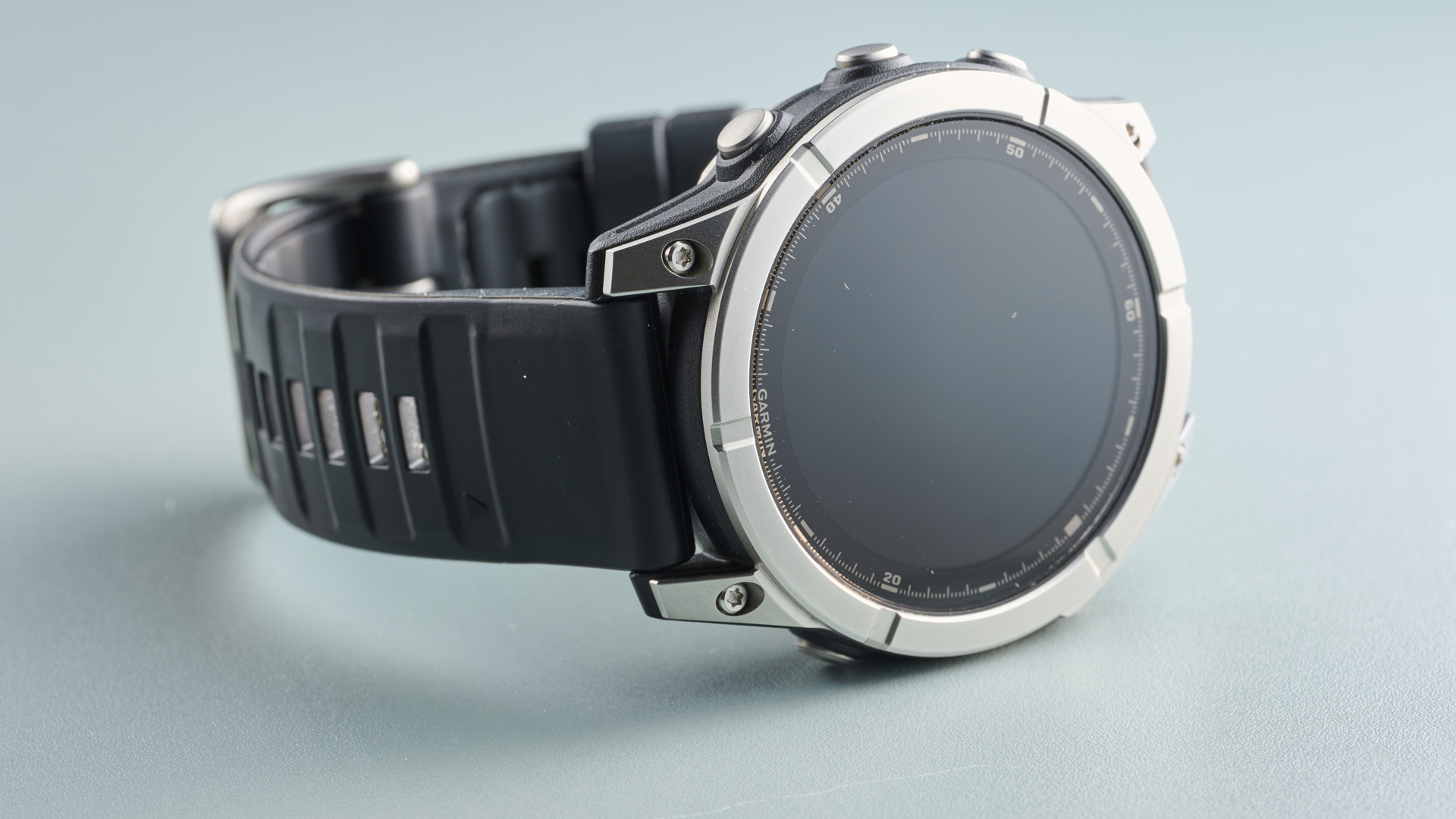
The Garmin Fenix E aims to provide an accessible entry into the Fenix lineup, balancing high-end features with budget-friendly adjustments. It’s got an AMOLED display, offline maps, and classic Garmin reliability. However, the last-gen heart rate sensor, single-band GPS, and less durable materials might deter serious outdoor enthusiasts. Great for Garmin loyalists.
-
+
More affordable than Fenix 8
-
+
AMOLED screen
-
+
Offline maps
-
+
Classic Garmin reliability
-
-
Last-gen heart rate sensor
-
-
No multi-band GPS
-
-
Less premium materials than other Fenix watches
Why you can trust T3
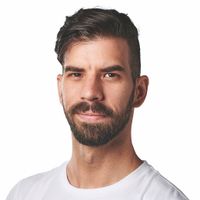
The Garmin Fenix E went under the radar when it was announced. It’s no surprise, though, as it was launched alongside the Fenix 8. The latest outdoor watch was the first mainline Fenix with an AMOLED screen and, as such, dominated the discussion.
One of the most significant talking points was the watch's price; even the cheapest Garmin Fenix 8 is more expensive than most of the best outdoor watches on the market today. This is why Garmin added the Fenix E (Essential) to its lineup to offer something more affordable to the masses.
When I say cheaper, I certainly don’t mean too cheap—the Fenix E is firmly within the premium watch category. But it’s more affordable than the Fenix 8, thanks to the brand cutting some corners to keep the costs down.
Where does the Fenix E sits within the broader Garmin ecosystem, and how does it compare to its predecessor, the Garmin Epix Gen 2? What are its standout features, and in which categories could it be improved? Most importantly, do we need the Garmin Fenix E? Read my full review below to find out.
Garmin Fenix E review
Price and availability
The Garmin Fenix E was launched in August 2024 and is available to buy now directly from Garmin UK, Garmin US and Garmin AU for a recommended price of £689.99/ $799.99/ AU$1,349. It comes in one case size only (47mm) and two colourways: Stainless steel with Black silicone band and Slate grey steel with Black silicone band.
Specs
- Weight: 76 g (case only: 53 g)
- Band size: 22mm
- Display type and size: AMOLED, 33 mm (1.3”) diameter
- Resolution: 416 x 416 pixels
- Lens material: Corning Gorilla Glass
- Bezel: Stainless steel
- Case: Fibre-reinforced polymer with metal rear cover
- Water rating: 10 ATM
- Battery life: Up to 16 days (6 days always-on) in smartwatch mode, Up to 32 hours (24 hours always-on) in All-systems GPS mode
Design and build quality
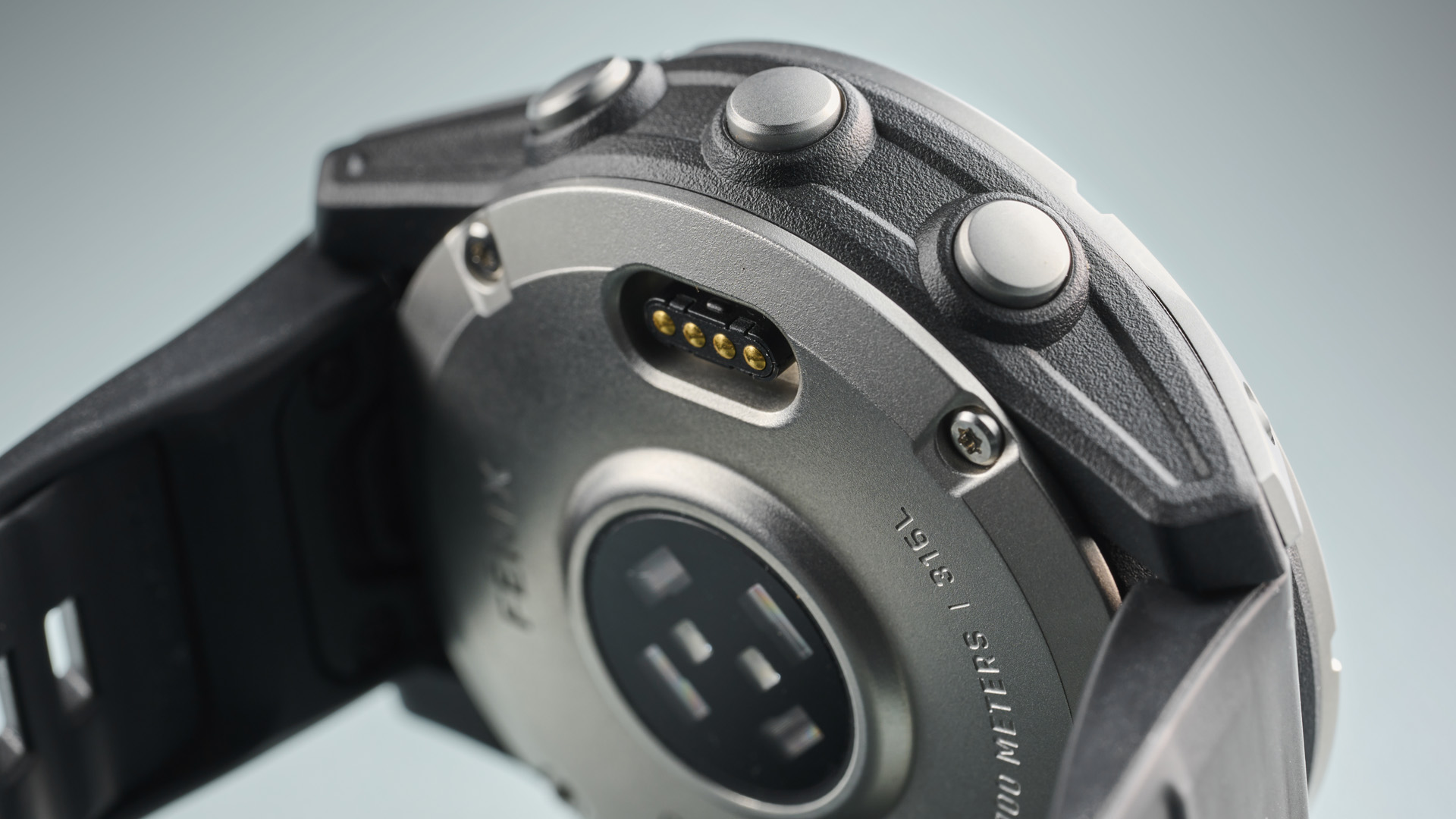
The Garmin Fenix E looks and feels like a Fenix. It’s the same size as the Fenix 8, albeit slightly thicker (47 x 47 x 14.5 mm) and has an AMOLED screen with a 146 x 416 pixels resolution. It has the usual five-button layout and is just as rugged as other Fenix watches with its 10 ATM waterproof rating. The watch supports 22mm Quickfit bands and has a stainless steel bezel and a fibre-reinforced polymer with a metal rear cover.
Of course, there are differences. For example, the Fenix E only comes with a Corning Gorilla Glass lens; there is no Sapphire Glass option. The AMOLED screen is less resolute than the mainline Fenix 8 of the same size, which has a resolution of 454 x 454 pixels.
Get all the latest news, reviews, deals and buying guides on gorgeous tech, home and active products from the T3 experts
A big downgrade is the last-gen heart rate sensor. Well, it’s pretty accurate, as most Garmins, but still, it’s not the latest Elevate 5 sensing platform. Another area where the Fenix E lags behind its siblings is GPS. It only has single-band positioning, although it connects to all major systems.
This is an interesting choice, considering most multisport watches these days have multi-band GPS, especially those built for the Great Outdoors, like the Fenix line. Even more mysteriously, the Epix Gen 2 already had multi-band GPS, and so does the Amazfit T-Rex 3, which is way cheaper than the Fenix E.
All that said, the hard plastic body with the stainless steel bezel and backing feels anything but flimsy. The watch comes in one size only, which might be an issue with people with smaller wrists. Even though I haven’t got the biggest wrists, I found the Fenix E’s size perfect.
Health and fitness features
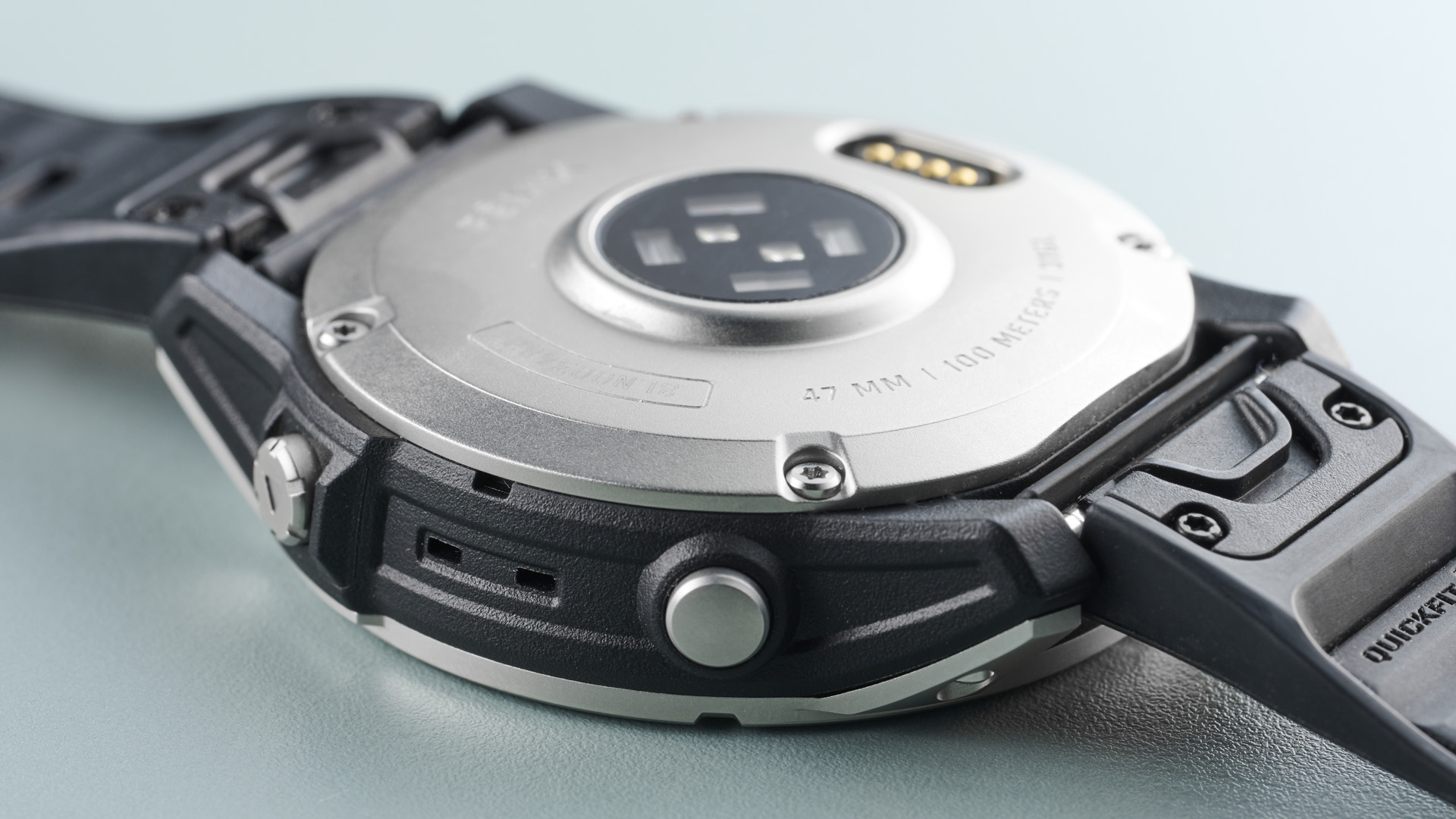
The Fenix E has most of the health and fitness features you’d expect from a high-end Garmin watch, including all-day heart rate, stress, and calorie tracking. It provides advanced sleep tracking and offers the Morning Report feature, which I find very useful. I always check it before rolling out of bed in the morning.
It also has Garmin-specific features such as Body Battery (which monitors your energy level and considers your stress, training load/recovery and sleep), Jet Leg Advisor, Fitness Age, etc. The watch monitors respiration rate and skin temperature, too, and allows you to log hydration via the Connect app. It can connect to other devices via Bluetooth, ANT+ or Wi-Fi, letting you connect external heart rate monitors, such as the Garmin HRM-Pro, for better heart rate tracking.
As expected, the Fenix E tracks approximately a million sport modes, including more niche stuff such as snowshoeing, fishing, tubing (which I guess is when you’re tied behind a boat on an inflatable dingy), overlanding and more. It has a dedicated ultra-running mode and various other modes to track you.
As far as I’m concerned, there aren’t any Fenix E-specific health and fitness features. Probably for the best, as Garmins are quite feature-rich as is; we really don’t need a thousand extra features added every year. Most people will use fewer than 10% of the sports modes, anyway.
Heart rate and GPS accuracy
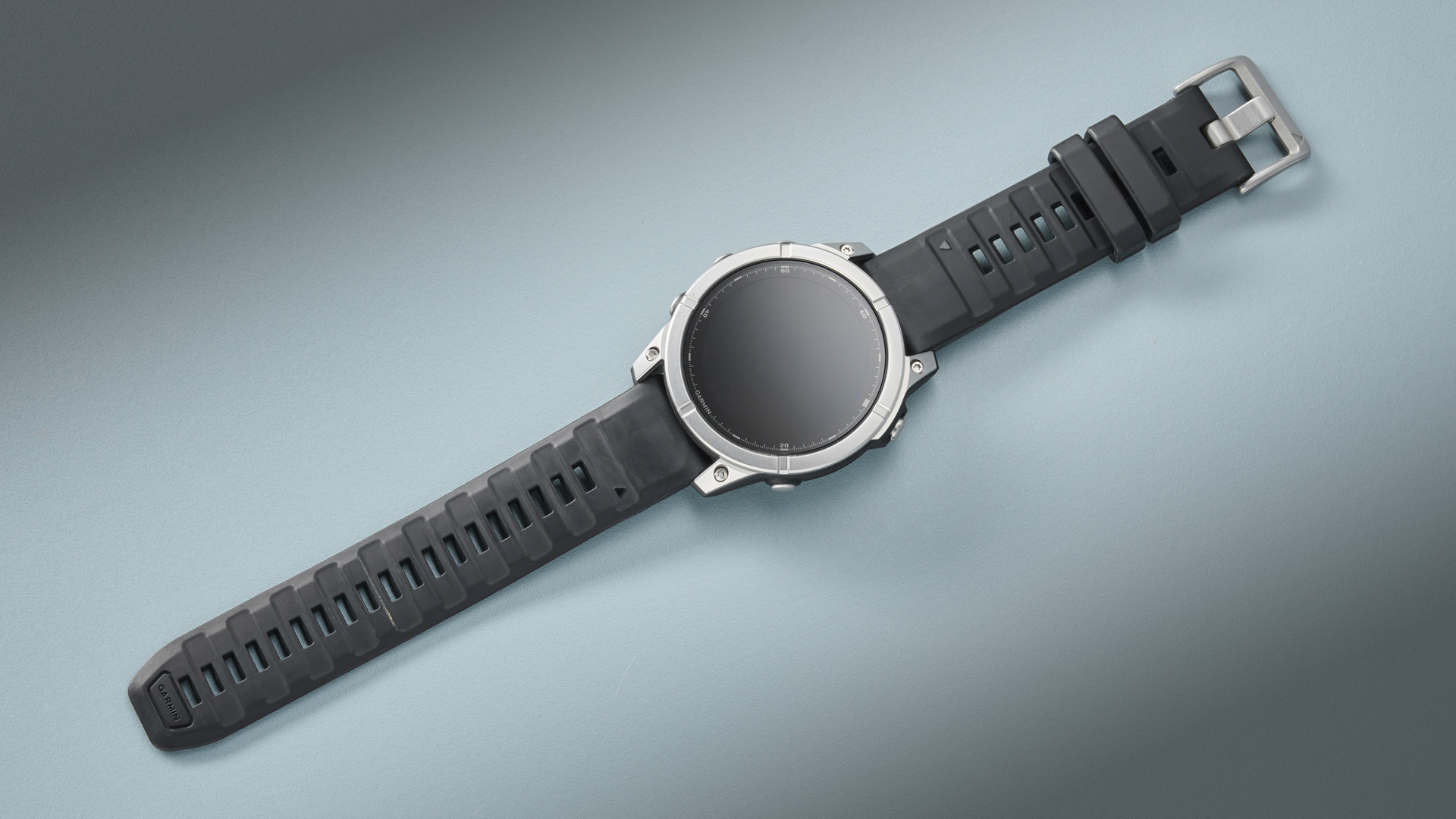
I mentioned above that the Garmin Fenix E is equipped with the last-generation Elevate heart rate sensor (v4) and only has a single-band GPS. There is no SatIQ, either, which is a feature that automatically switches between different GPS modes to optimise battery life and accuracy. This might affect GPS accuracy in busy areas with tall buildings.
HOWEVER! Garmin watches are renowned for their GPS performance, so even though the Fenix E only has a single-band GPS, it does an excellent job tracking you. Of course, it would be even better if it could use multiple satellites simultaneously, especially considering that A) it’s an outdoor watch, so we can assume people will want to use it for navigation in difficult GPS situations and B) it has a higher price tag.
Heart rate accuracy seems fine, in general, as expected from a Garmin. Even though the Fenix E doesn’t sport the latest Elevate heart rate sensor, it’s a capable device that can monitor steady-pace activities, such as running and cycling. After all, the same sensor powers the Garmin Forerunner 965 and other high-profile wearables, and they are renowned for their accuracy.
I found heart rate data accurate enough for the type of activities I do. I even took the Fenix E snowshoeing, and it was tracking my ticker fine. And yes, there is a snowshoeing activity among the gazillion sports modes the watch offers. I used the Forerunner 965 for kart racing and was surprised to see it track the kart's speed accurately. All the things Garmins can do!
Maps
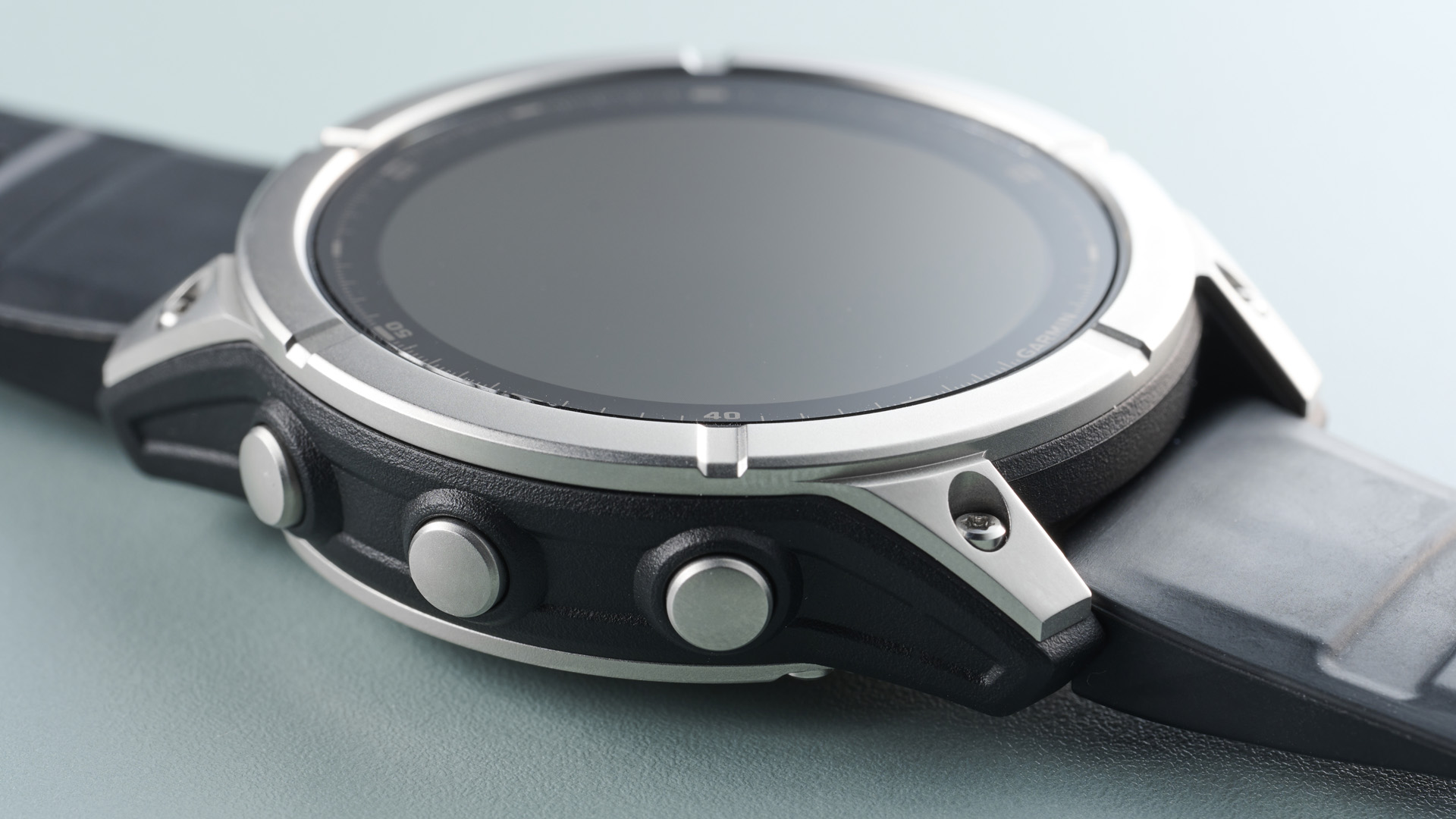
The Fenix E has preloaded topographic maps, allowing you to navigate the outdoors with little to no smartphone reception. These maps include contour lines, elevation details, and points of interest, helping hikers and climbers get a comprehensive view of their surroundings.
The watch also offers global satellite systems support, including GPS, GLONASS, and Galileo, which work together to ensure accurate tracking and location pinpointing, even in dense forests or remote mountain trails where other devices might struggle.
Real-time breadcrumb trail is available, too, which allows you to retrace your steps if needed. This function is especially useful for off-trail explorers who need reassurance on the return journey.
Say what you might about AMOLED Garmins, the bright screen makes navigating the maps a lot smoother. The brand doesn’t disclose information about its microchips (it will have to start doing it at some point), but whatever chip there is in the Fenix E, it works perfectly. I only managed to trip over once when it promptly restarted itself.
There are a ton of different mapping functions to choose from, from POI navigation to Back to Start, and the Fenix E executes them very well. I expected the watch to do well in this department; nevertheless, I’m glad the Fenix E delivers on this front.
Battery life and charging

Battery life on the Fenix E is a bit of strange one. On the one hand, it’s on-par with the similar-sized Fenix 8 AMOLED, providing up to 16 days of battery life in smartwatch mode.
On the other hand, the Epix Gen 2 has up to 31 days of battery life, so twice as long as the Fenix E. Considering the sensors are the same, and the display is less resolute, I’m not sure why the new watch doesn’t last quite as long as its predecessor.
Things get murkier when you turn the GPS on. The Fenix E has up to 42 hours in GPS-only mode, which goes down to 32 hours in All-Systems mode. All Systems plus Music battery life is a meagre 10 hours. Conversely, the Fenix 8 lasts 27 hours in GPS-only mode. Worse still, the Epix Gen 2 can go up to 82 hours in the same mode.
I find such a reduction in battery life very strange. Surely, a watch that uses the same sensor and less advanced display than the Epix Gen 2 should last at least as long as that watch? Why the reduction? New processes in the Fenix E may eat up battery life; who knows? There is also now SatIQ to optimise GPS performance. Ohn well.
Verdict

There really is only one big issue with the Garmin Fenix E, which is the fact the Epix Gen 2 exists. If we never had that watch, the Fenix E could get away with cutting corners and posing as an affordable Fenix 8 alternative. But since the Epix Gen 2 can still be purchased and often for less than the Fenix E (for now), it’s really hard to recommend the latter.
That said, it’s not a terrible outdoor watch. It has all the characteristics that make the Fenix the most successful rugged watch franchise. Despite the last-generation heart rate sensor and the lack of multi-band GPS, the Fenix E does a pretty good job of tracking your workouts and helping you get around outdoors.
Once the price starts coming down a bit – and the Epix Gen 2 stocks finally clear at retailers – it will be much easier to recommend the Fenix E as a budget AMOLED Fenix. For now, though, it remains a strange option, recommended only for hardcore Garmin fans.
Also consider
Garmin Epix Gen 2: With an AMOLED screen, multi-band GPS, and extended battery life, the Epix Gen 2 is a more feature-rich and often lower-cost alternative to the Fenix E, offering greater accuracy and durability.
Garmin Fenix 8: The Fenix 8 enhances the Fenix experience with multi-band GPS, a high-resolution AMOLED display, the latest heart rate sensor, and rugged features like a flashlight, making it a high-end choice for outdoor enthusiasts.
Apple Watch Ultra 2: The Apple Watch Ultra 2 provides a premium AMOLED screen, precise GPS, and robust fitness tracking with excellent integration for iOS users, though it has shorter battery life compared to Garmin’s lineup.
Coros Apex Pro 2: Known for its ultra-long battery life of up to 75 hours in GPS mode, the Coros Apex Pro 2 is a cost-effective alternative for endurance athletes, offering reliable GPS and essential health metrics.

Matt Kollat is a journalist and content creator who works for T3.com and its magazine counterpart as an Active Editor. His areas of expertise include wearables, drones, fitness equipment, nutrition and outdoor gear. He joined T3 in 2019. His byline appears in several publications, including Techradar and Fit&Well, and more. Matt also collaborated with other content creators (e.g. Garage Gym Reviews) and judged many awards, such as the European Specialist Sports Nutrition Alliance's ESSNawards. When he isn't working out, running or cycling, you'll find him roaming the countryside and trying out new podcasting and content creation equipment.